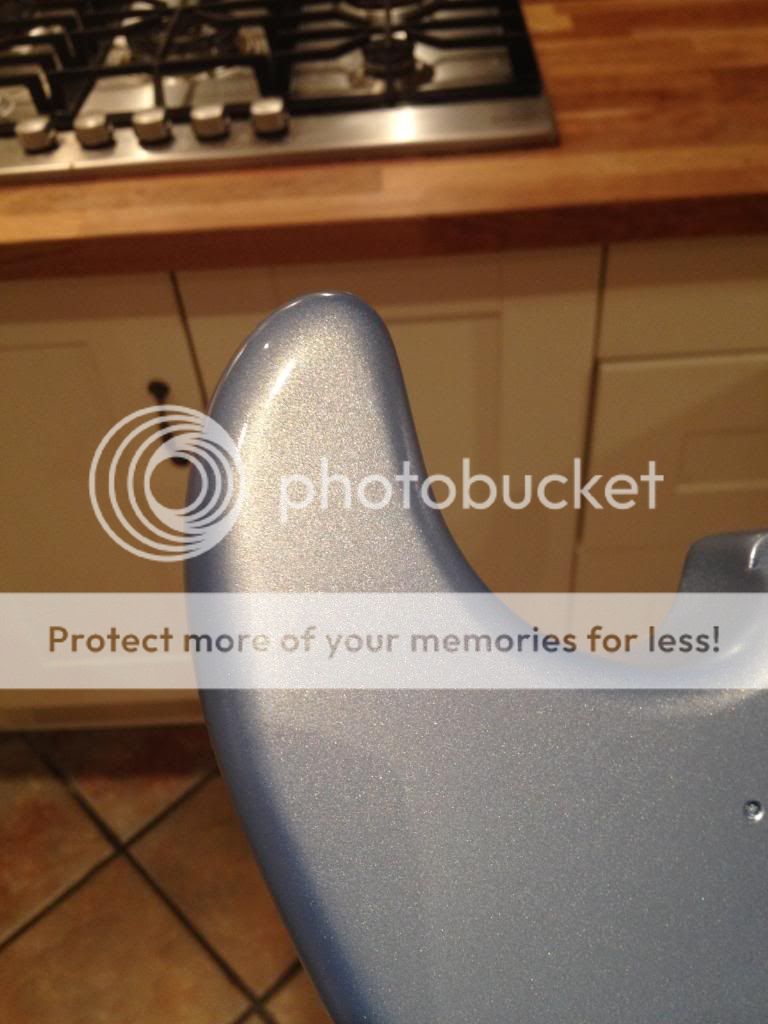Just a couple of addendy's to KG's school - There's a variety of rubber sheets to be had, on eBay under "rubber sheet" and such. If you go crazy like someone I know, you can buy like an 18" X 6 foot roll, or... safety bath mats? heat-resistant silicon liners for baking pans? It's all over the place, used to call it "inner tube rubber"... There's also thin neoprene mousepads, thicker 1/4" ones, etc. All of this kind of stuff can be glued to little sticks, held in the hand, rolled into little tubes.... fingertips are also great sanding pads for certain things, but they come attached to human beings and that's a real inconsistent mess, there.
Working on plain old, rag-quality bath towels is one pretty good way to keep larger-grit sanding shrapnel away from final stages, as are "carpet samples" you get for free or cheap from carpet stores, they're like a foot by two feet or smaller. NAILING DOWN a piece of carpet because it will "protect" stuff, ummmm...

Vacuum every day, twice a day, between each grit? All the time? Your shirt and pants will be a-totin' 320 grit around
with you at a certain point. The moistiness of wet sanding will help - some - but water dries. You seriously
don't want to wipe off the results of 1200 grit with the same towel you used on the 400 grit.
In commercial shops, they very often measure "how much is enough?" largely by time spent and/or the number of strokes upon each surface. And this is because they know their tools very very well, including each different grit and the composition of their chosen sanding block(s); and, most important, they know the
results of their own fingertips and how worketh the brain attached to them. Which is why there's a half-dozen ways to make fantastic finishes, and at least a dozen ways to screw each and every one up. :binkybaby:







